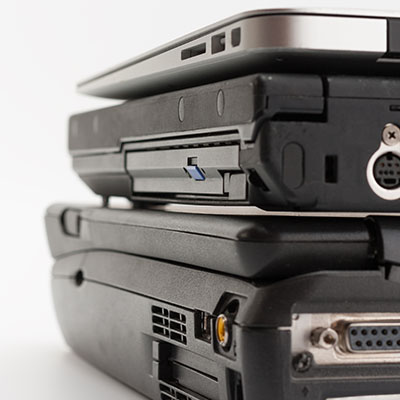
Without hardware, where would your business be right now? You can’t run your mission-critical applications and software without devices to host them on. You need to do all you can to ensure it stays in a proper state, but there will always eventually come a time when you cannot sustain it any longer and need to upgrade.
Here’s what you need to know about your hardware refresh cycle, including what it is, what you can do with one, and how to plan it out.
A hardware refresh cycle is the decisive and strategic upgrade process that includes the hardware and software you use to keep your business running, as well as ensuring its capabilities meet specifications and its performance is optimal by replacing it periodically with new options.
As you might imagine, timing is important here. If you carry it out too early, you might spend more money than necessary. Carry it out too late, however, you might lose precious data in the process, as well as time and assets that cannot be recovered. If you can time it correctly, though, you can reap all kinds of benefits.
The Benefits of a Hardware Refresh
Less Downtime
If you upgrade your technology routinely, you’ll be less likely to experience trouble with it, like errors or issues that could cause your older devices to fail. This means your team will spend less time struggling with technology and more time being productive.
Greater Security, Communication, and Productivity
More recent technology will generally be more secure than older technology. Using more recent software, for example, means it will likely be more secure and better for your productivity through better features. Similarly, your hardware infrastructure can benefit from being more up-to-date by being more dependable and more secure.
Fewer Costs
Investing in your infrastructure during key periods of your refresh could very well save you money in the long term, even when you consider the labor and acquisition costs of your new devices. Outdated technology can easily mean larger bills, especially when you consider the maintenance and labor required to keep it operational. There’s also the chance that it could unexpectedly fail, leading to even bigger issues and costs for your business.
How to Start Your Refresh Planning
If you want to simplify your hardware refresh processes, you should start with putting together a plan of action considering the following:
Understand Your Business’ Needs
When you want to upgrade your technology, it’s important to know what your business needs to operate at its best. Consider variables like your storage requirements and the software solutions your business utilizes. With these factors in mind, you can make more educated decisions about what you can afford.
Consider Your Current Technology
Now that you know where you want to be, how close are you to being there? You’ll be able to make more meaningful investments if you understand this, as it prevents you from throwing money away on resources you don’t need.
Imagine the Options and Possibilities
Just because you can refresh certain parts of your infrastructure doesn’t mean you should. There are other options available to you, and it’s your job to know what they are. Whether it’s virtualization for cloud computing or consolidating servers to aid with storage management, you never know what the ideal solution is until you consider the options available to you. We can always help you with this part of the process!
Be Future-Minded
Your strategy will dictate how effective your hardware refresh truly is, so be sure to think about the future and where you might be a couple of years down the road. Start with your less important hardware, then address low-stakes issues that pop up as they appear.
Don’t Do It Alone
Hardware refreshes are confusing enough without professional help. Let us help you out! Give GeekBox IT a call at (336) 790-1000 to learn more.
